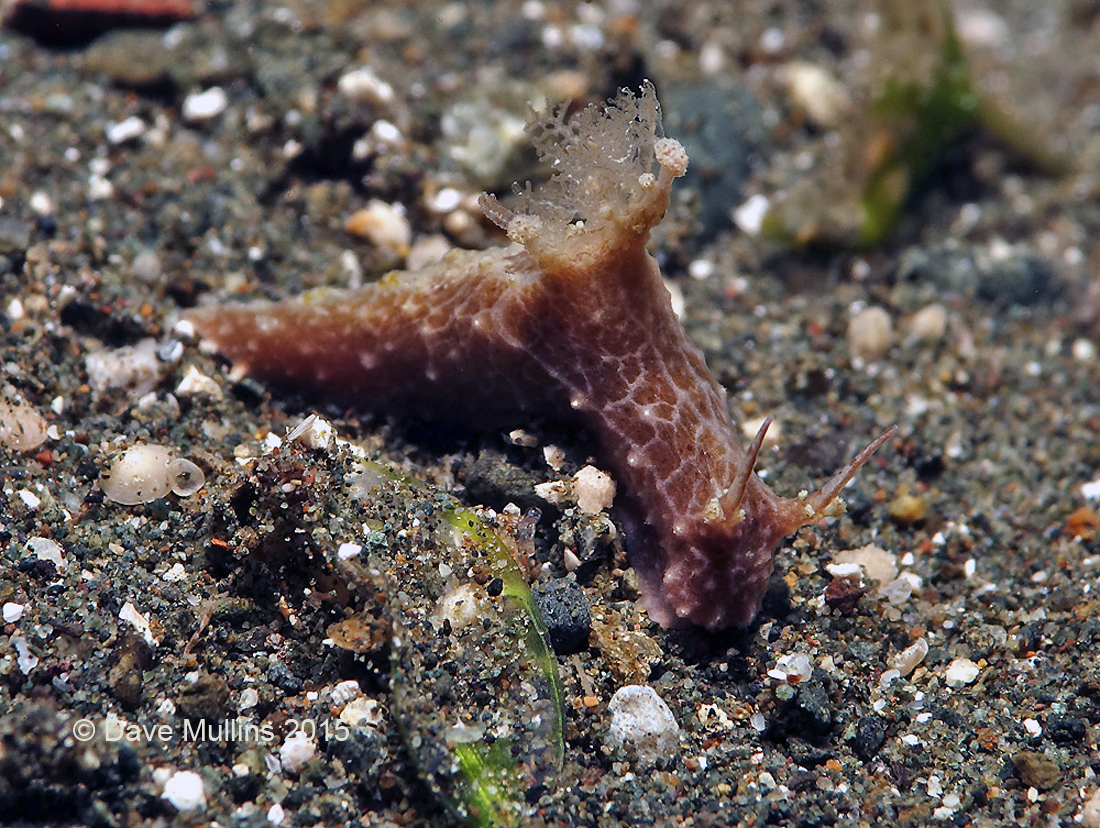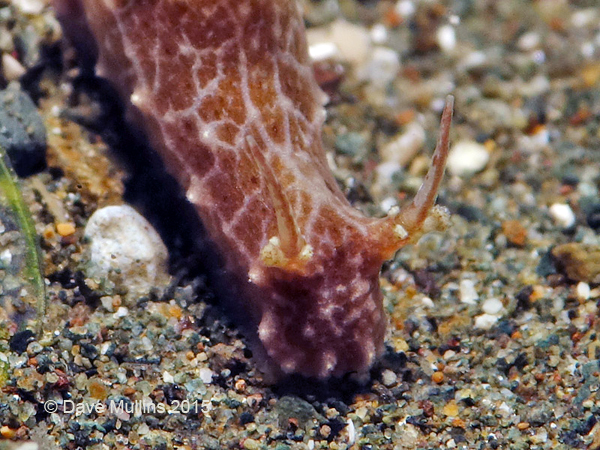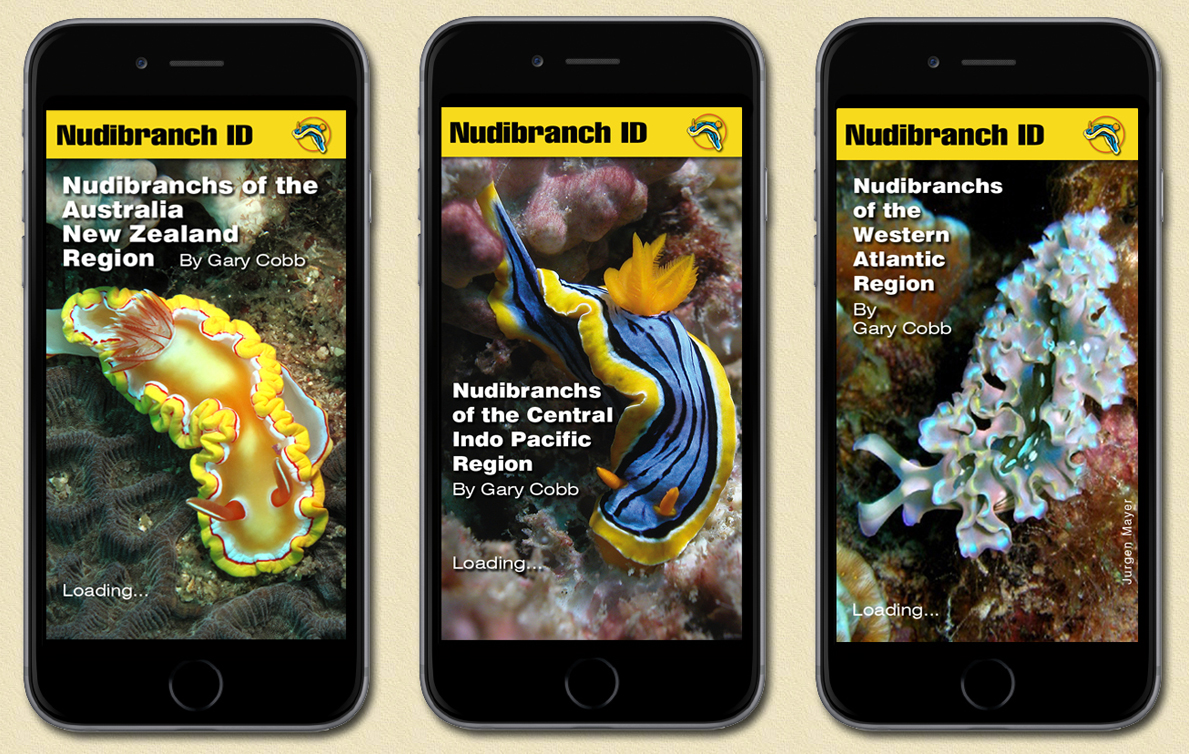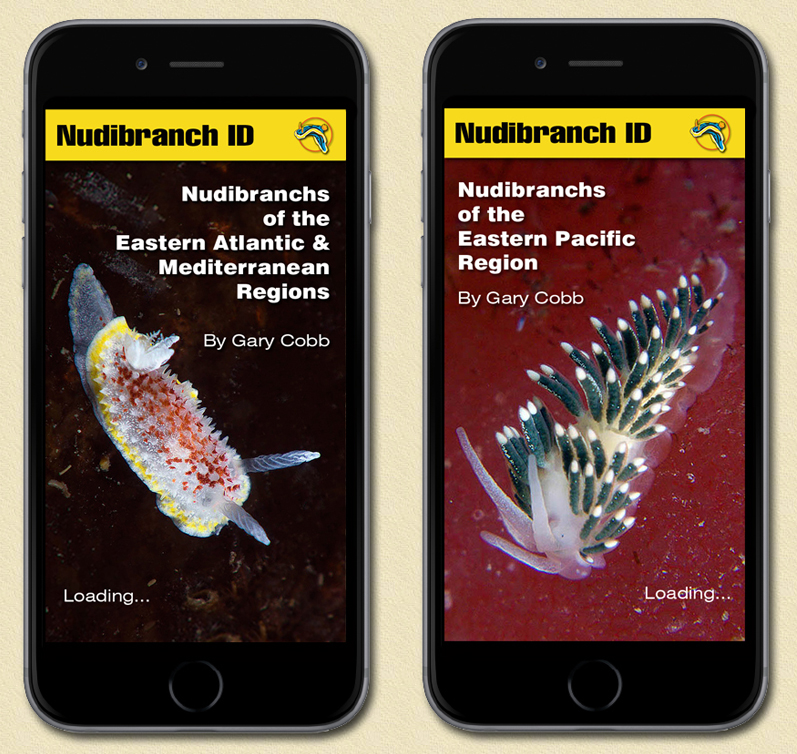 |
Aegires sp. 5
Image courtesy of Dave Mullins6 metres, in the Lawadi muck, Milne Bay, PNG
Sony DSC-RX100 in Nauticam Housing with wet macro diopter, Inon Z220 strobe.
 | Aegires sp. 5 (undescribed) The Webmaster kindly joined me and two of my fellow Sunshine Coast Nudibranch Team members (Terry Farr & Julie Schubert) for 8 intensive days of muck diving in the Tawali region of Milne Bay, Papua New Guinea. Our efforts were richly rewarded especially in the sea slug department with many undescribed finds recorded and the overall count for the trip approaching 200 different species. Among those undescribed species is this small (10 mm) Aegires sp. Typically of the Aegires it has a firm and stiff body that is relatively high in profile and lacks a distinct notal mantle margin however a telltale row of linked low, rounded tubercles would seem to indicate a remnant position and this continues anteriorly around the edge of the oral veil. The body is brown and covered with a cream reticulum of raised lines (almost ridges) that bear low white-tipped cream tubercles at some of the junctions. Spots of a darker brown are randomly distributed over the notum. Posterior to the gills the reticulated pattern seems to gradually break down into a denser collection of tubercles. Aegires sp. 5 has the typically smooth retractable Aegiridae rhinophores that arise from elevated sheaths ornamented with tubercles on the rims the lateral-most being larger than the rest. These mostly cream-coloured rhinophores are notable for their extraordinary length, fine tapering and possession of a dark brown line traversing both the anterior and posterior faces. The gills are situated mid-dorsally and are protected by three large multi-branched tuberculate lobes. This species is most similar to the Aegires sp. 5 in the new Nudibranchs and Sea Slug Identification - Indo-Pacific book by Gosliner, Valdes & Behrens except that species apart from being of a different colour lacks the reticulations on the notum and the rhinophores are shorter and rather more conical in shape. |
References:
Fahey, S. J. & Gosliner, T. M. (2004) A Phylogenetic Analysis of the Aegiridae Fischer, 1883 (Mollusca, Nudibranchia, Phanerobranchia) with Descriptions of Eight New Species and a Reassessment of Phanerobranch Relationships. Proceedings of the California Academy of Sciences, 55, (34): 613-689, December 2004.
Queensland, Australia
marineimages@hotmail.com
November 2015
Send Dave email at marineimages@hotmail.com
Dave Mullins on location
 |
|
Nudibranch reference material comes in many shapes and sizes but primarily books and websites. The problem with reference books is outdated material and their weight when travelling. Taxonomy is changing and adding or altering names at a rapid rate. The problem with the Internet is range and accessibility.
Now, thanks to the development by and ongoing efforts of Gary Cobb there is a series of smart device applications called Nudibranch ID. When the series is complete you'll be able to reference all the nudibranchs of the world.
No web connection required.
The Nudibranch ID App Series:
These field guides will place right at your fingertips, anytime and anywhere, an outstanding selection of Nudibranchs found throughout the World.
Featuring:
Indo-Pacific - version 19.0 - 700 species (available now)
Eastern Pacific - version 16.0 - 423 species (available now)
Australia and New Zealand - version 18.0 - 1139 species (available now)
Eastern Atlantic/Mediterranean Sea - version 5.0 - 680 species (available now)
Western Atlantic - version 4.0 - 498 species (available now)
Indian Ocean/Red Sea - (out soon)
Western Pacific - (out soon).
Available as iPhone or Android versions.
These are true Apps not just simple identification guides. Search functions and the ability to create lists for emailing are game breakers in this field. They are updated (for free) regularly.
Visit: www.inudibranch.com for a full description.
 |
 |
